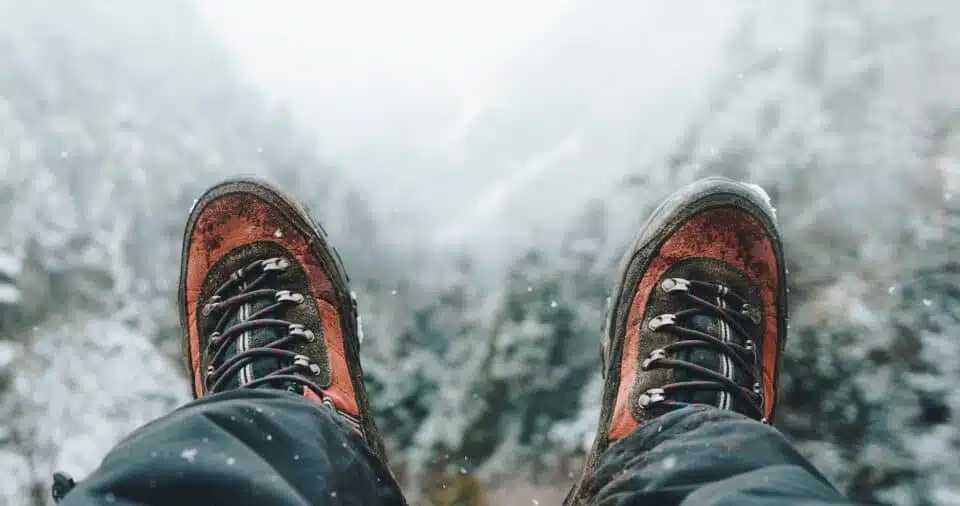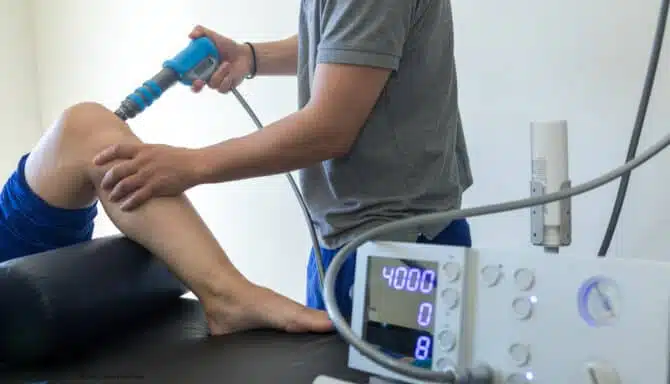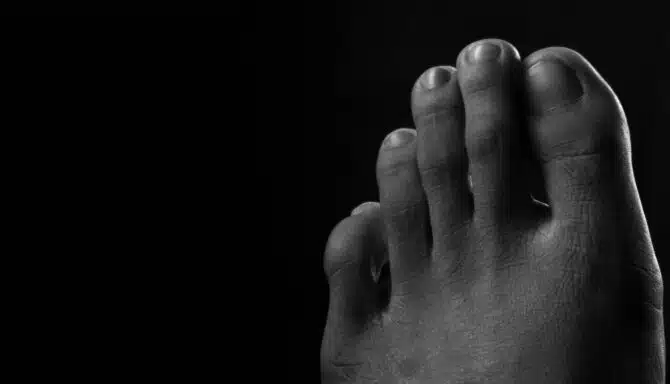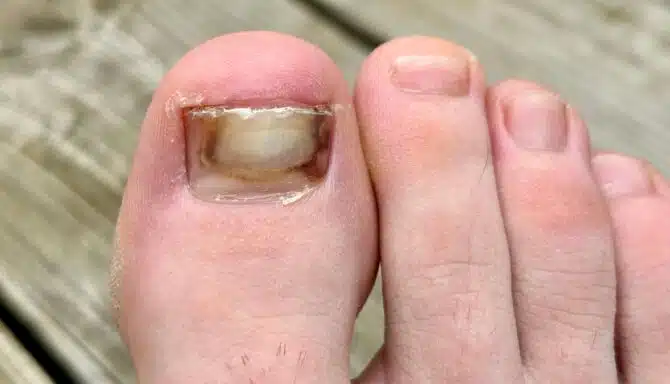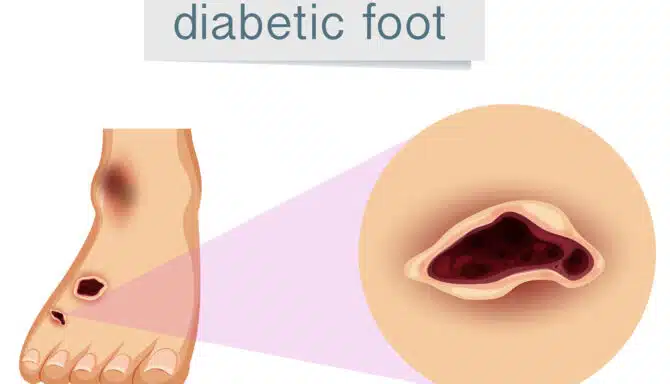Have you ever had a cold sensation in your feet, even in warm conditions? Or have you noticed your feet turning white, then blue, or even red?
Cold feet is a catch-all term for when you experience a freezing sensation in your feet. What makes the actual cause trickier to determine is that cold feet is often a common symptom for a number of other conditions (foot and all). Now, we know winter is fast approaching, and you might be worried about having this annoyance happen on a daily basis. As with any foot condition, we’re here to help. Here at Feet First Clinic, we’re experts in diagnosing and treating the Most Common Foot Conditions. Generally, cold feet is not something to be particularly worried about. But, there are some instances where it’s advised to get a second opinion. Like with any foot condition, the longer you wait to get a proper diagnosis, the higher the likelihood that a condition will develop, or worsen. Find everything you need to know about cold feet including causes, and what you can do about it, below.
Causes Of Cold Feet
The two most common causes of cold feet include: decreased circulation or a problem with nerve function. Below you’ll find a list of conditions that may cause cold feet, or underlying conditions where cold feet can be a symptom.
Atherosclerosis
Atherosclerosis is a condition characterized by limited blood supply to your limbs. Restricted blood flow for those with atherosclerosis is typicaly due to the buildup of fats, cholesterol and other substances in and on your artery walls (plaque). Since your feet do not receive the proper oxygen and blood supply, your feet may appear blue or purple when you are sitting, and pale or white when you are lying down. You may also feel pain in your calves when you walk. Ask your doctor to check the pulse in your legs as a test for this foot condition.
Raynaud’s syndrome
Raynaud’s Syndrome is a condition of toe discolouration after exposure to hot and cold temperatures. Your toes may turn white, then blue in response to cold temperatures. Conversely, your feet and toes may turn red in response to warmth since the small blood vessels overcompensate for the temperature change. According to WebMD, there are two types of Raynaud’s syndrome: primary and secondary. Primary’s cause is unknwon, and typically harmless. Secondary Raynaud syndrome is linked to diseases that affect your autoimmune system including Rheumatoid Arthritis or lupus.
Neuropathy (nerve damage)
Neuropathy is damage or dysfunction of one or more nerves. In the feet, neuropathy directly affects the nerves that detect temperature. Damaged or dynsfunctional nerves do not work correctly so the affected person experiences cold feet. In reality, the foot may not be cold to touch.
Anemia
Anemia is a condition in which you lack enough healthy red blood cells to carry adequate oxygen to your body’s tissues. Cold feet can be a result of iron deficiency anemia. People with anemia don’t have enough red blood cells to provide oxygen to their tissue.
Should I be worried if my feet are always cold?
Generally, don’t fret over cold feet. Especially with Raynaud’s syndrome, if there are no underlying diseases, then there’s no cause for concern. However, one should be aware of the possible symptoms of more serious conditions associated with cold feet. People with Raynaud’s should be aware of associated skin changes, including tightening or thickening of the skin, nail changes, or cracks and sores that don’t heal. Additionally, if you notice fatigue, weight changes, a fever, joint pain, or a rash, consult a medical professional to get a second opinion and to determine the exact cause of cold feet. It’s always smart to be proactive, not reactive when it comes to foot health.
How can I improve circulation in my feet?
There are a number of tried and true methods of improving circulation to your feet. A few tips include:
- Exercise. Regular activity can increase circulation to the feet. Whether it’s going for a run, bike, or walk, even getting up to move around every hour, especially when in the workplace, can do wonders for circulation, and can help control swelling in your lower legs.
- Elevate your feet. Put your legs up from time to time to help encourage blood flow to, and away from, your feet. Allowing gravity to help do some of the work in a natural way.
- Compression socks. Compression Gear is specially designed to apply pressure to your lower legs. This helps maintain blood flow, and reduces swelling.
- Iron supplements. If you have anemia, consider asking your doctor about iron supplements. Raising your red blood cell count can increase the oxygen going to your feet, which can help with circulation, and reduces instances of cold feet.
- Quit smoking. If you’re a smoker, consider quitting for the sake of your feet, as well as your overall health.
- Warm socks. Since your feet are prone to large swings in temperature, wearing warm socks will keepm your feet at a steady state.
- Proper winter boots. Invest in a Proper Pair of Winter Boots to prevent your feet from getting cold during the dark winter months.
Cold Feet? Worry Not!
We pride ourselves in effectively communicating your concerns and needs as comfortable as possible. Call anytime to ask about your specific concern and we’ll make sure to provide actionable steps towards getting your feet as happy and healthy as possible.
Call us at 416-769-3338 or Book Your Assessment Today!
